More than 100,000 residential batteries across California delivered an average of 535 MW of power from 7 to 9 p.m. on July 29 in a statewide test, according to an analysis by the consultancy Brattle.
The test was designed to prepare for anticipated need-based dispatches during heat waves in August and September, said virtual power plant (VPP) aggregator Sunrun in a statement.
Sunrun was the aggregator for two-thirds of the participating batteries, and Tesla was the aggregator for one-third. Sunrun said the batteries it aggregated “have the capability to deliver this critical energy every day.”
Sunrun said it compensates participating battery owners “up to $150 per battery” per dispatching season, and that Sunrun is paid for dispatching the batteries.
Brattle said that VPPs operating on peak demand days could reduce the need for new generating capacity and/or relieve strain on the system associated with the evening load ramp, also known as the duck curve.
The reduction in system net load for California grid operator CAISO on the test day is shown in the image below from Brattle. Net load is total electricity consumption minus distributed generation.
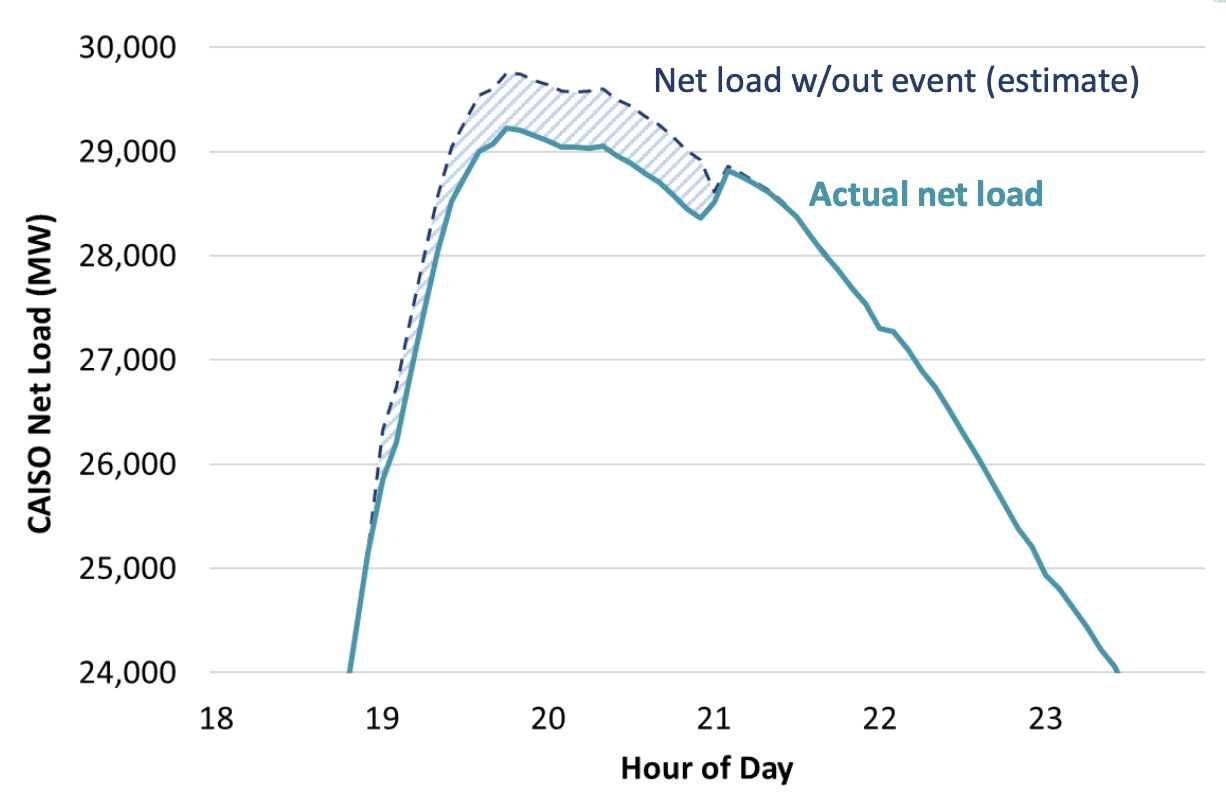
Nearly 90% of the participating batteries were enrolled in California’s Demand-Side Grid Support program, which provides incentives to customers for load reduction or backup generation during extreme events from May to October, “reducing the risk of rotating power outages,” says a state government website.
Brattle found that during the test the batteries provided relatively consistent output, “without any significant fluctuations or any performance attrition.”
“This customer-led solution is a win-win for households and the grid,” said Sunrun CEO Mary Powell. “Distributed home batteries are a powerful and flexible resource that reliably delivers power to the grid at a moment’s notice, benefiting all households by preventing blackouts, alleviating peak demand, and reducing extreme price spikes.”
Brattle said in a statement that the scale of VPP capacity in California “from residential batteries alone is remarkable and will grow in the future,” adding that events like the VPP test “should go a long way toward convincing system operators that VPPs can provide dependable, planning-grade performance at scale.”
During the test, aggregators discharged home batteries in coordination with the California Energy Commission, CAISO and the state’s three major utilities.
Solar industry veteran Jigar Shah in late 2023 called for the solar industry to embrace virtual power plants, saying that VPPs are the path to success as solar net metering faced an uncertain future.
This content is protected by copyright and may not be reused. If you want to cooperate with us and would like to reuse some of our content, please contact: editors@pv-magazine.com.
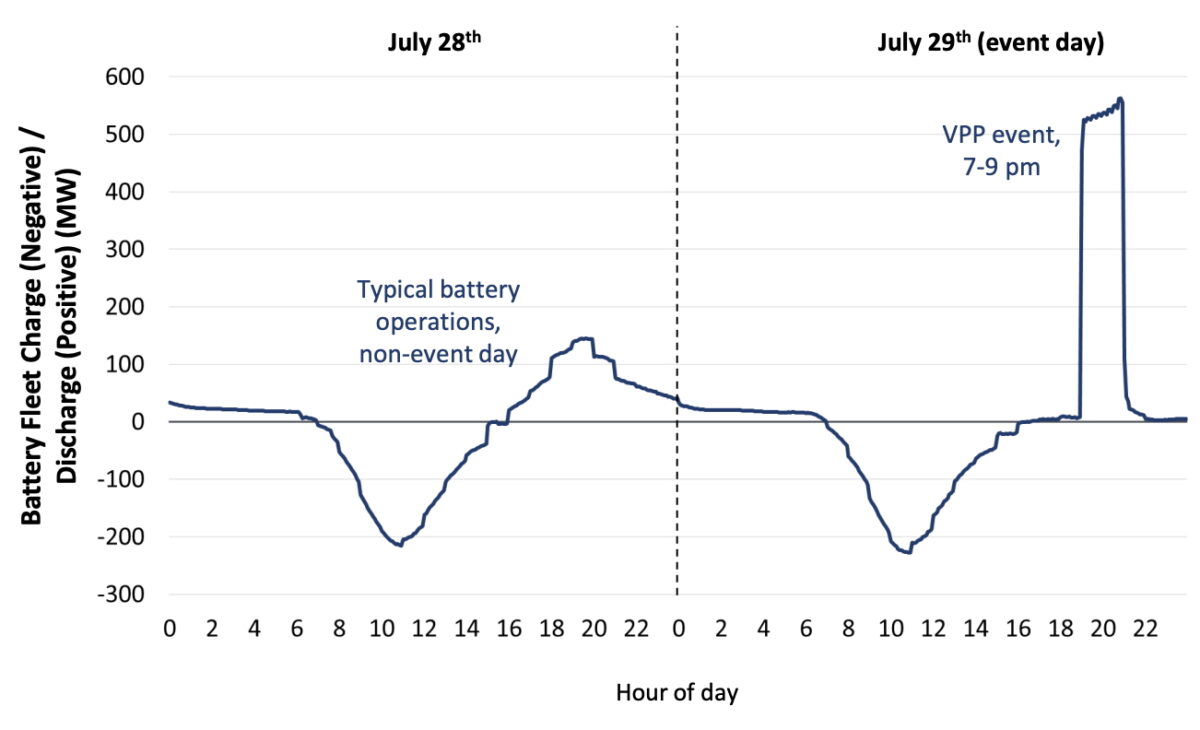
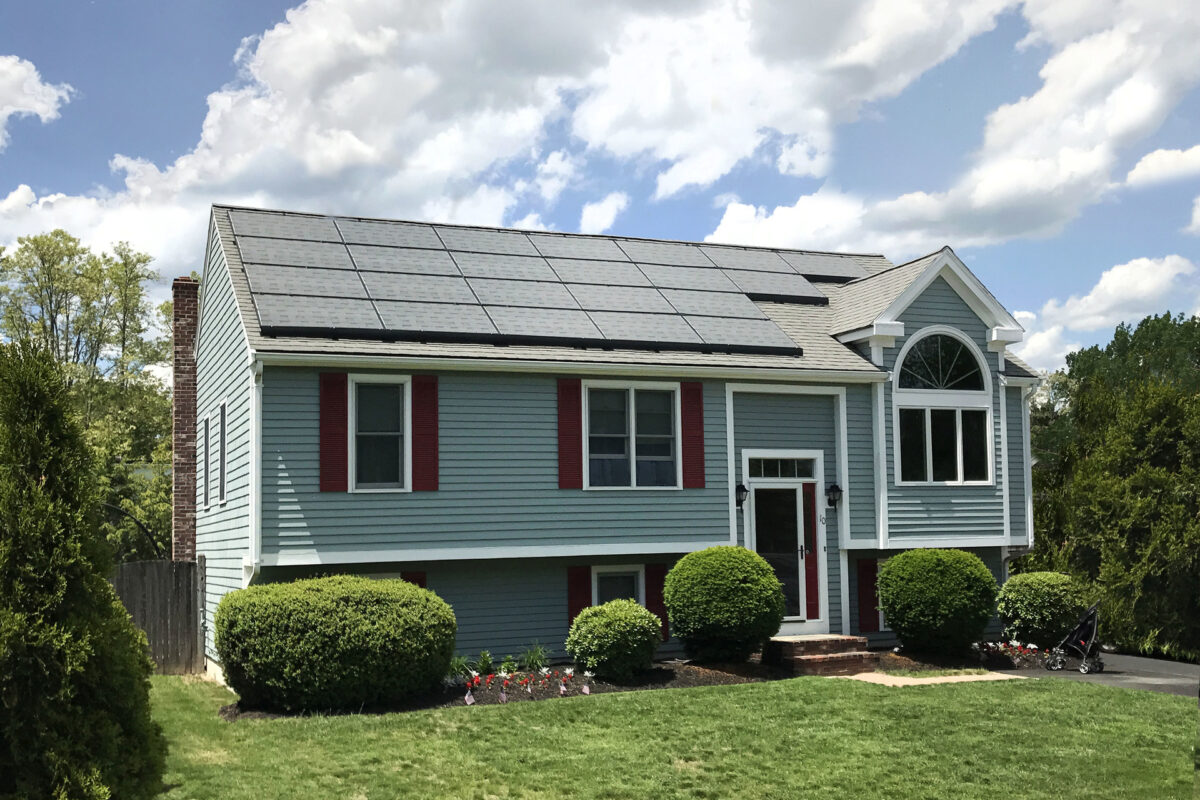

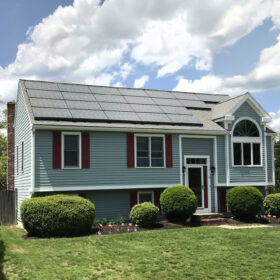
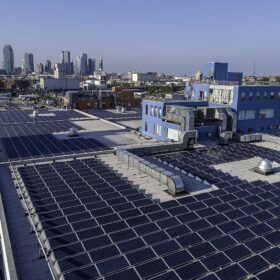
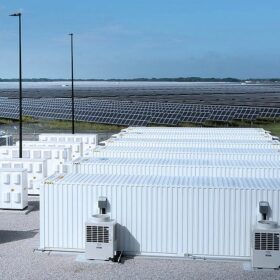

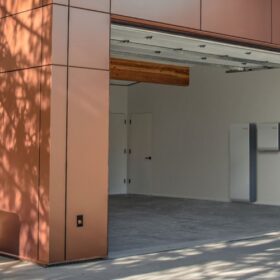
By submitting this form you agree to pv magazine using your data for the purposes of publishing your comment.
Your personal data will only be disclosed or otherwise transmitted to third parties for the purposes of spam filtering or if this is necessary for technical maintenance of the website. Any other transfer to third parties will not take place unless this is justified on the basis of applicable data protection regulations or if pv magazine is legally obliged to do so.
You may revoke this consent at any time with effect for the future, in which case your personal data will be deleted immediately. Otherwise, your data will be deleted if pv magazine has processed your request or the purpose of data storage is fulfilled.
Further information on data privacy can be found in our Data Protection Policy.